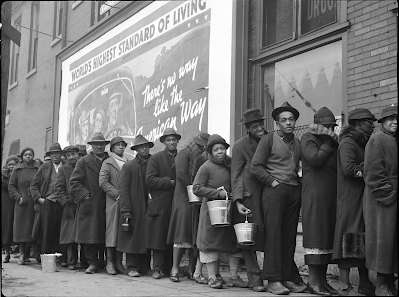August 1, 2022
Most likely readers have seen some or all of the photographs hanging on the wall of the Monroe Gallery in Santa Fe, NM. Gallery co-owner, Sid Monroe will explain, though, that matting, framing, and gallery display transforms these images to something beyond their original use to document a current event. When viewed away from the newspaper or magazine page, multiple levels of meaning are conveyed through these photographs. They provide us with insight into a historical period in today’s world.
The exhibit currently displayed, Imagine A World Without Photojournalism, coincides with the 20-year celebration of Monroe Gallery’s presence in Santa Fe. Michelle and Sid Monroe opened their gallery in New York City but moved to Santa Fe in the aftermath of the terrorist events of 9/11. Their focus has always been on photojournalism. To that end, they have had the advice and support of some of the most noteworthy members of that community, the likes of Alfred Eisenstaedt and Carl Mydans. Some of the earliest advice was the suggestion that such a gallery could not succeed.
The gallery has survived. The current exhibit serves as a retrospective of the shows that have been hung in their transplant location in New Mexico. Viewers will find iconic photos such as Robert Capa’s images from Omaha Beach on D-Day, June 6, 1944, Eddie Adams’s Saigon Execution, and numerous photos originally seen in Life magazine to photos from the present day Australian photojournalist, Ashley Gilbertson’s depiction of Officer Eugene Goodman holding back January 6th insurrectionists. The broad range of material serves to communicate the importance of photojournalism in our lives and for the several generations before us. The exhibit is important at a time when journalism is under attack (along with journalists) and lacking in funding.
This exhibit runs through September 18, 2022. For those who cannot make it to Santa Fe during the run of the exhibition, Monroe Gallery has produced a video sampler of many of the images on display. The presentation Threats to Photojournalism with photographers Nina Berman and David Butow took place in the gallery on Friday, July 22 but can be accessed on YouTube. Details on the presentation and the exhibit can be found at the Monroe Gallery website.
Link to article and photos here.










